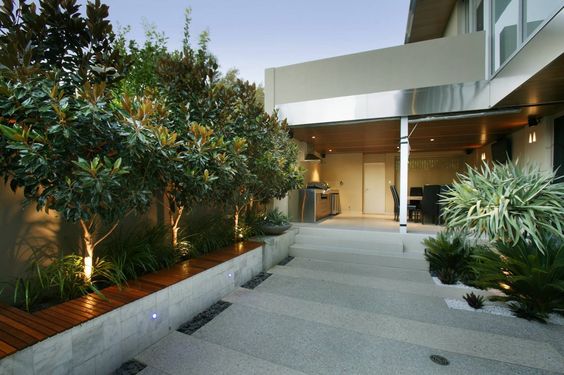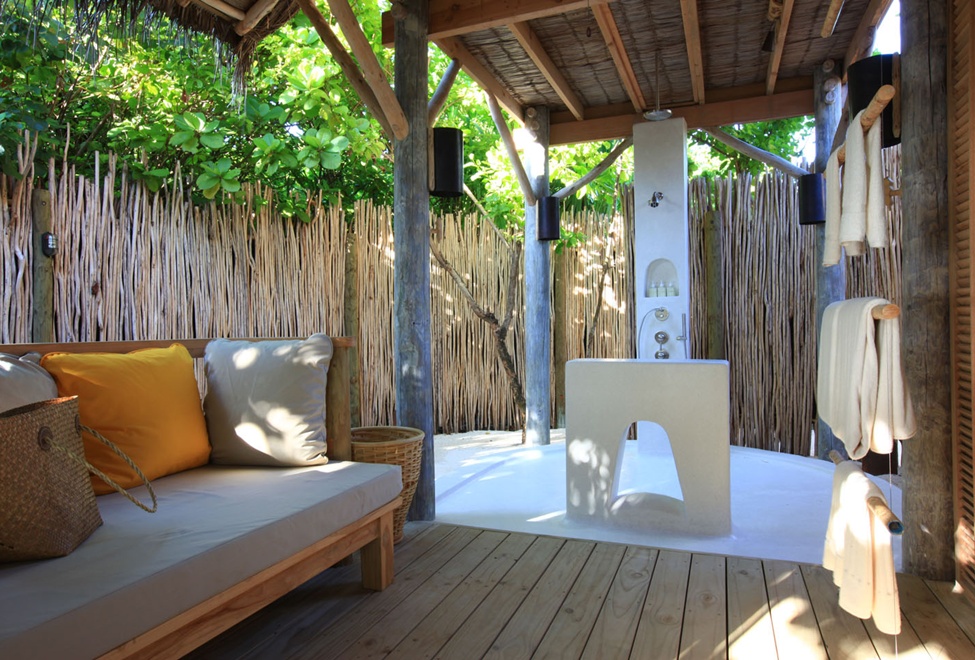Tips for Your Little Gem Magnolia
What’s your favorite flower? Mine is magnolia. I love its tender look and delicious smell. This summer I am planning to plant it in my garden.
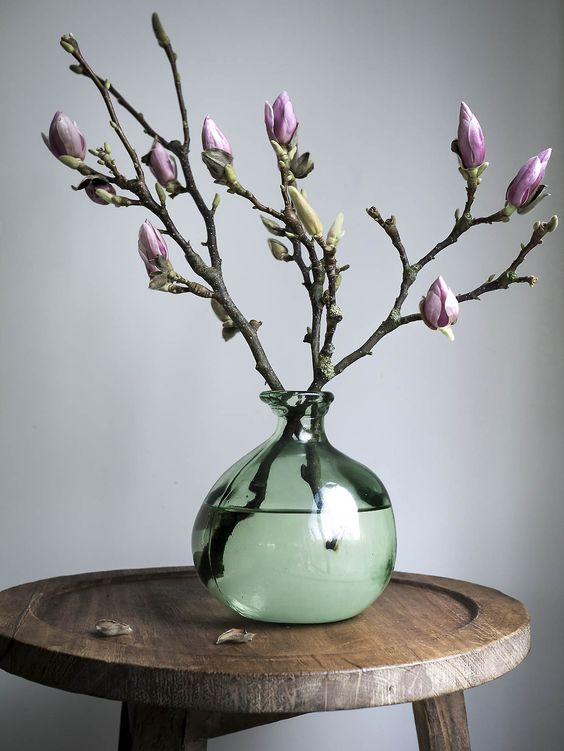
If you’ve always dreamed of having a huge magnolia in your garden but you don’t have a huge-enough garden, then you should have a look at the Little Gem magnolia. It’s one of the evergreens and its compact, more diminutive stature makes it ideal for smaller spaces – some people have had success with planting their Little Gems in containers, even.
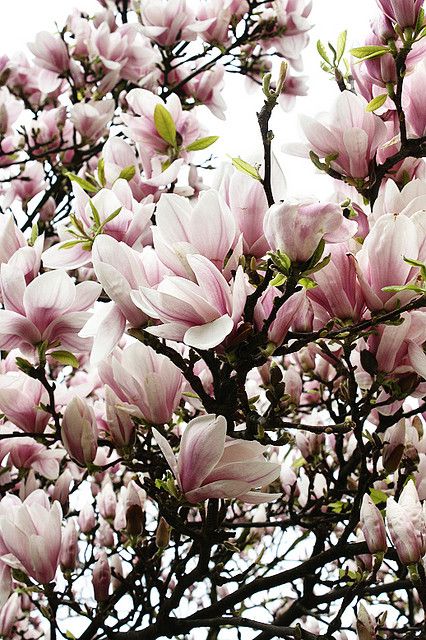
Not only does it suit smaller yards and gardens, but this tree, also known as the dwarf Southern magnolia, can start to bloom after just two or three years. It’s also quite low-maintenance, thrives in USDA zones 7 to 10 and can tolerate most soils.
The Little Gem’s looks
Although the Little Gem can reach 35 feet in height, it usually manages around 10-15 feet in height and 7-10 feet in width. Its leaves are leathery and dark green on the topside and they have rust-colored fuzz on the undersides.
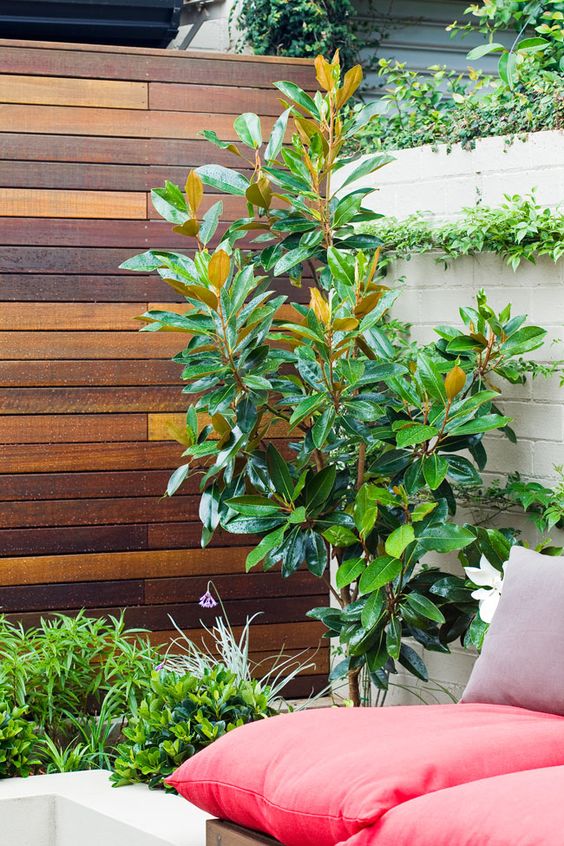
The Little Gem tree produces impressive cream-colored, cup-shaped fragrant blooms that fade in late summer and are replaced by seed-bearing cones. While the tree doesn’t need a lot of work doing to it, you might find that the dropped flowers, cones and seeds are a nuisance if you like to be tidy.
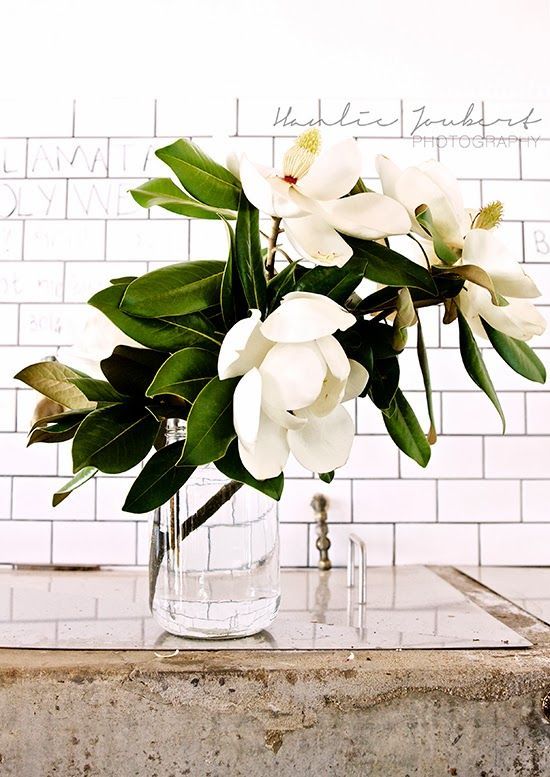
Growing the Little Gem
These trees can thrive in most soil types and conditions, including sandy, clay and loam, but they do prefer a mildly acidic pH. The Little Gem can’t tolerate too much salt at all, so it’s not a good idea to plant it if you’re coastal. In terms of light, it can grow in full sun to partial shade, although if your conditions are particularly shady you might find you get fewer flowers.

If you have moist soil, then full sun will be fine, but if your soil tends to be drier, you may need to provide some shade. If you bought your Little Gem magnolias from The Tree Center, they’ll advise you to water them every day for the first few weeks, then offer a good watering once a week for the first two seasons. If you decide to use fertilizer, use a slow-release one in spring.
Pruning
As with most magnolias, it’s best to keep pruning to a minimum with the Little Gem; some people let the lower branches reach the ground, which is handy for hiding all the dropped flowers! If too many lower branches are cut, then the tree can lose its leaves, but generally, magnolias respond well to judicious pruning, especially if it’s done before the main growing season.
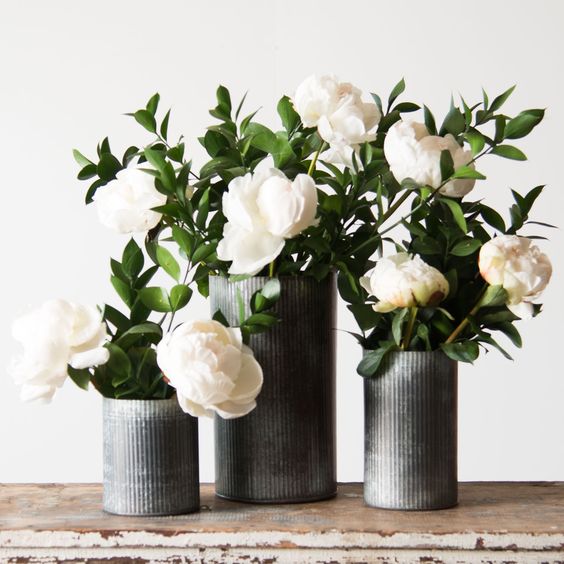
Little Gem problems
Little Gems are, for the most part, disease- and pest-free; they sometimes fall prey to verticillium wilt and this often kills off entire branches and sometimes the whole tree, though. They also occasionally show signs of leaf spot, black mildew, blight and scab, but you’ll rarely need to intervene other than to remove affected branches and remove infected leaf litter.

The most prevalent insect problem is scale, but this can be seen off with horticultural oil.
A lack of iron might turn leaves yellow, so if this happens, you can treat the soil. If there are too many mineral salts in the soil, frequent watering can sort this out, as long as your soil is well-draining.

